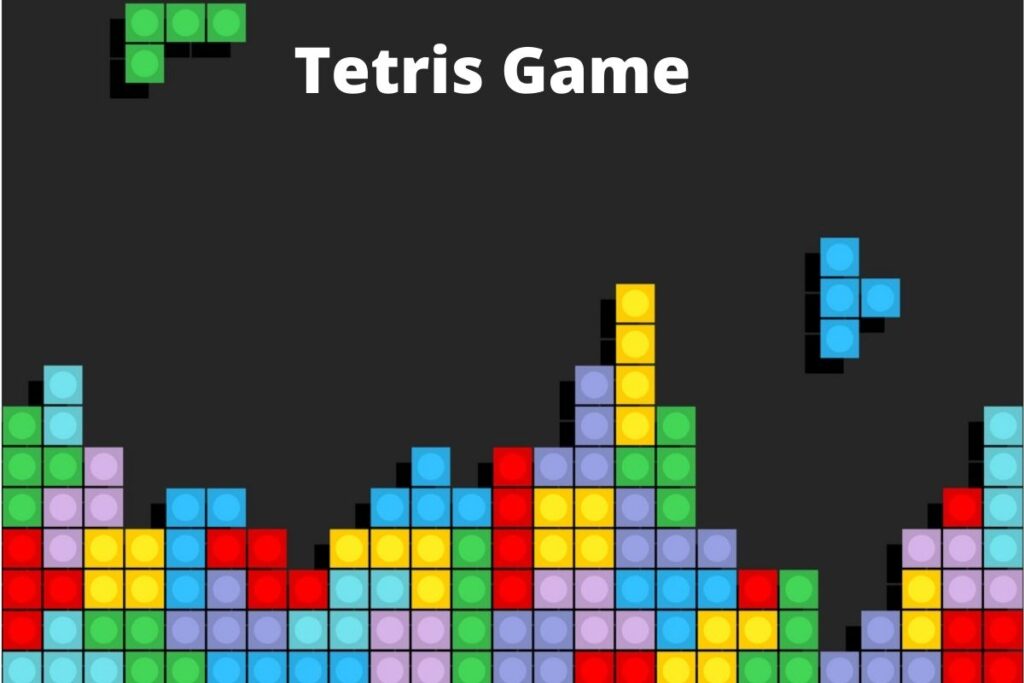Contents
4 Facts About Tetris
- A Russian is the original author of Tetris.
- The original function of the game was to reduce the intimidating effects of computers.
- The name, Tetris, was partly inspired by tennis.
- Tetris was originally distributed by piracy.
What Is Tetris: Explained
Tetris is a puzzle video game in which players must move, rotate, and drop Tetriminos at varying speeds into a rectangular Matrix. Playing the game requires skill and intelligence, which was developed by a Russian software engineer in June 1984, Alexey Pajitnov.
To win, players must use both strategy and speed. If their Tetriminos reach the skyline, they have forfeited the game. As a result, clearing as many lines as possible is a requirement of the game.
Quick Facts
At some point between 1984 and 2011, 202 million copies of the game were bought and downloaded on mobile devices and 70 million were bought and played on a regular computer or console. Tetris is arguably one of the best-selling video games of all time based on these numbers.
How To Use Tetris
The rules of Tetris are straightforward: move the Tetriminos to clear as many lines as possible while keeping the total number of Tetriminos on the screen below the maximum. It’s game over if that happens.
To keep the Tetriminos from reaching the top of the playing grid, you must keep filling each horizontal line – when they are completely filled, they disappear, making room for more Tetriminos to be stacked on top of them.
The Ultimate Beginners Guide to Game Development in Unity & More Detail!!
The more horizontal lines you clear, the more time you have to play and the more points you get. Tetriminos also appear on the grid at random, making the game even more unpredictable. As a result, monotony is eliminated and the game remains enjoyable for the duration of its run. But even if the Tetriminos fall in a random order, you have the ability to manipulate each one to fit your elimination strategy.
It becomes increasingly difficult to fill each horizontal line to the brim as the game progresses.
The Difference Between Tetris Vs. Anode
Tetris and the Anode game are very similar. Rotate and drop coloured blocks on a column in the same way as the latter. Anode, on the other hand, only removes blocks from a row if all of the blocks in that row are the same colour.
Anode, on the other hand, is a little more expressive, with only a few restrictions. Anode, on the whole, offers more customization options than Tetris. Even more points can be earned by clearing blocks with matching colours in addition to those on the same line, for example. Alternatively
More lines can be cleared with the aid of detonators that go off. To put it simply, these detonators act as a mass detonator to clear more areas and keep you in the game longer..
Tetris Release History
In 1984, Alexey Pajitnov, a Russian computer game designer, created Tetris, one of the most popular and genius computer games of all time. When Pajitnov, the game’s original creator, came up with the name “Tetris,” he used two of his favourite things: “Tetramino” and “tennis.”
Dmitry Pavlovsky, a colleague from the Institute, initially helped Pajitnov with the game’s development, as did Vadim Gerasimov, a high school student who worked and played with IBM PCs in the Computer Center. The game’s graphical design was handled by Gerasimov, who worked with Borland’s Turbo Pascal to port it to IBM PC’s MS-DOS operating system.
The First MS-DOS Version of Tetris
Computer Funfair was the brainchild of Pajitnov, Pavlovsky, and Gerasimov, who formed a team to create some dozen addictive PC games and put them all together in one system. They also envisioned the games being sold. However, making and selling something privately in the communist Soviet Union made this part unusual and challenging.
Colored space symbols were used to represent squares of Tetraminos in the original MS-DOS version of Tetris. The game was able to recognise the IBM monochrome video card and adjust its drawing style accordingly. Almost all other games at the time used improper timer delays, but the most recent version of the game was one of the first to do so.
When the Pajitnov group’s attempts to sell the games failed, they decided to give away free copies of every game, including Tetris, to their friends.
Since then, the games have spread across the country. In 1986, a foreign company expressed interest in licencing Tetris after learning that the freely distributed PC version of the game was available outside of the Soviet Union. Pavlovsky was devastated when Pajitnov decided to abandon all but Tetris, resulting in the team’s dissolution.
In 1991, Pajitnov relocated to the United States, where he founded the Tetris Corporation in 1996. At Microsoft, he worked in the Entertainment Pack: The Puzzle Collection, MSN Mind Aerobics, and MSN Games departments. In 2005, he announced his resignation from Microsoft. It’s unclear how much Pajitnov is worth, despite his claim to fame as the man who invented Tetris.
Read Also:-

